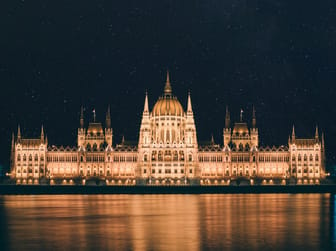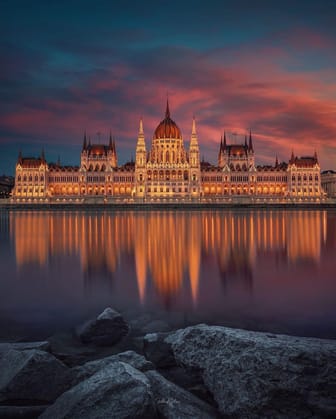Museum of Fine Arts
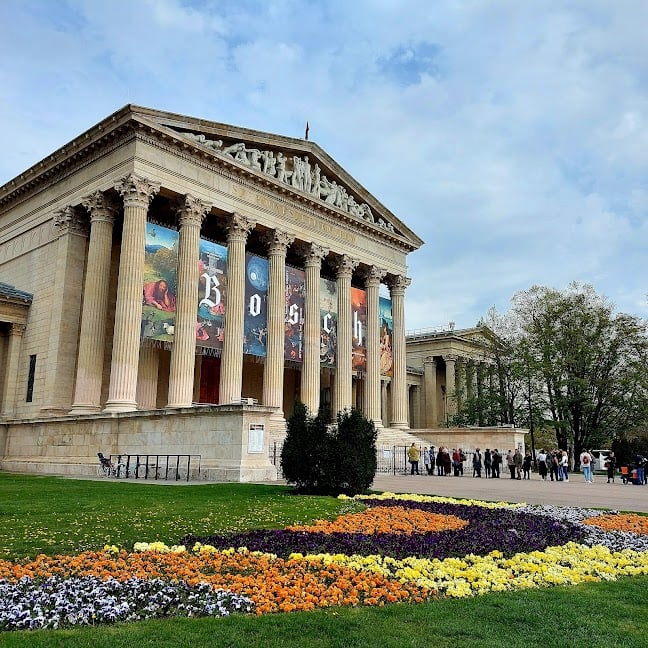
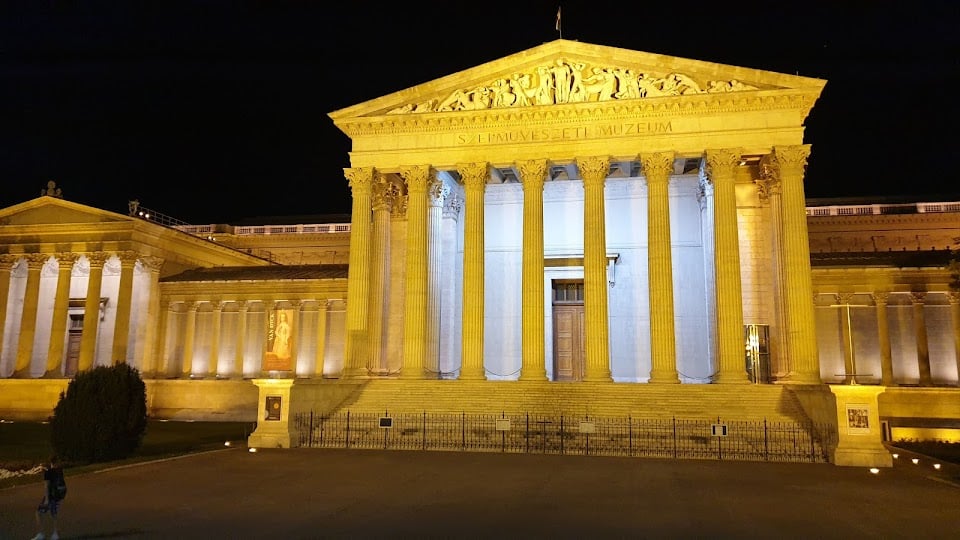

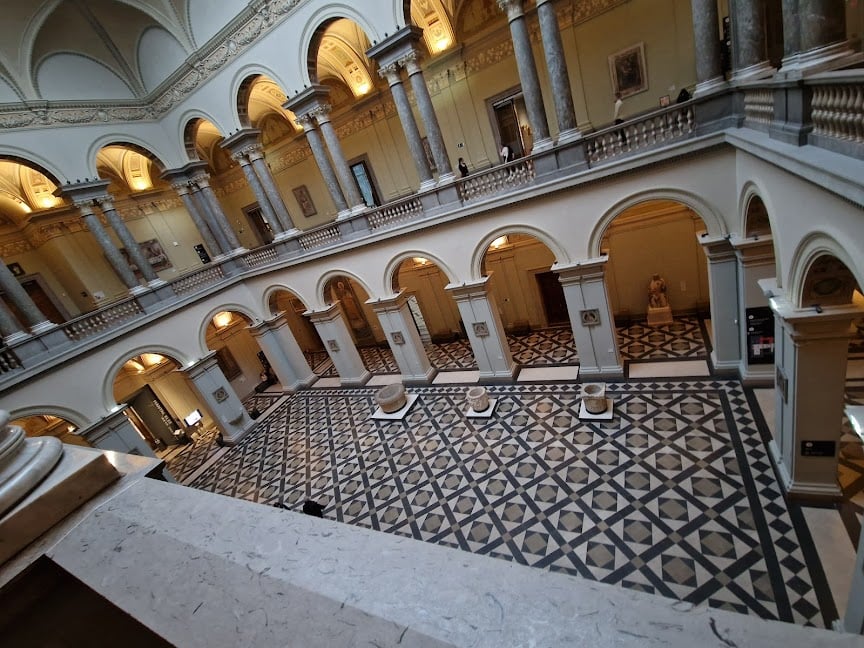
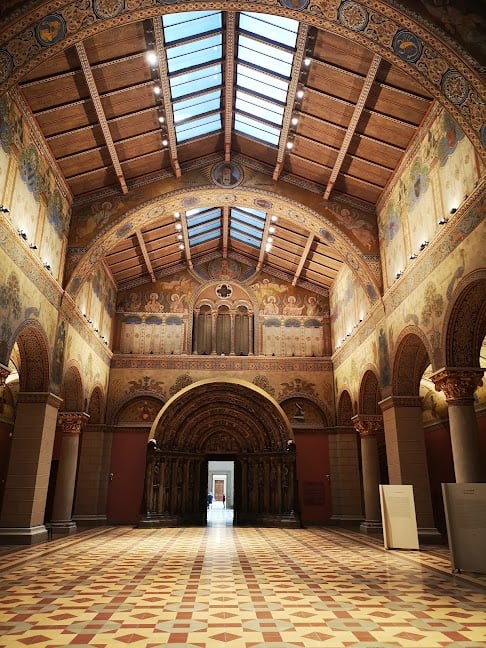
Ask ThatchGPT
Suggest a local expert to plan my trip
Suggest an unique itinerary for my Budapest trip
What foods do Budapest locals eat
What are some true hidden gems in Budapest
Help me brainstorm trip ideas for Budapest
Help me plan a family-friendly trip to Budapest
What people say
Pedro Pereira
Available for hire
"The Museum of Fine Arts in Budapest, located in Heroes' Square, is a renowned institution housing an extensive collection of international art spanning all periods of European history. Designed by Albert Schickedanz and Fülöp Herzog in an eclectic-neoclassical style, the museum was completed between 1900 and 1906. Its vast collection, exceeding 100,000 pieces, is divided into six departments: Egyptian, Classical Antiquities, Old Sculpture, Old Master Paintings, Modern Art, and Drawings and Prints.
The Egyptian collection, one of the most significant in Central Europe, features artifacts such as painted mummy sarcophagi. The Classical Antiquities department showcases works from Ancient Greece and Rome, including the notable 3rd-century marble statue, the *Budapest Dancer*, along with impressive Cypriot and Mycenaean artifacts.
The Old Master Paintings gallery provides a nearly complete survey of European art from the 13th to 18th centuries. It includes masterpieces from artists like Raphael, El Greco, Pieter Bruegel the Elder, and Titian. This section is particularly notable for its Italian, Flemish, Dutch, German, Spanish, and French paintings.
The Old Sculpture collection emphasizes works from the Middle Ages through the 17th century, featuring painted wooden sculptures and pieces such as a small equestrian bronze attributed to Leonardo da Vinci. The Drawings and Prints department includes notable works by Rembrandt, Goya, and Leonardo da Vinci, with a rotating display of highlights from its vast holdings.
The museum’s collection of 19th- and 20th-century art, though smaller, includes works by Romantic, Barbizon, and Impressionist artists like Eugène Delacroix, Édouard Manet, and Claude Monet. Sculptures by Auguste Rodin and Constantin Meunier also enrich this department.
The Vasarely Museum, dedicated to the works of Hungarian artist Victor Vasarely, is an extension of the Museum of Fine Arts. Situated in the Zichy mansion in Óbuda, it is a unique institution in Eastern Europe, celebrating Vasarely's contributions to the Op Art movement."
Read more in:
Sevinch Muminova
"The 1st floor houses the Old Masters collection, featuring 3000 works from the 13th to 17th centuries by Dutch, Flemish, Spanish, Italian, German, French, and British artists, including seven paintings by El Greco. Notable is Raphael's Esterházy Madonna, from around 1508, part of the original Esterházy collection, known for its unfinished yet beautiful depiction.
Moving to the 2nd floor, you'll find a captivating European sculpture collection, including notable pieces like Franz Xaver Messerschmidt's work. On the floor above, Hungarian art takes center stage, showcasing a rich collection of baroque paintings from 1600 to 1800 recently moved from the Hungarian National Gallery to a new exhibition area.
The basement features an engaging collection of Egyptian artifacts, including decorated sarcophagi and mummy portraits. Additionally, the classical section houses Greek, Etruscan, and Roman works, with the Greek vases and urns collection standing out as one of the finest and most complete in Europe. Particularly appealing to children is the opportunity to handle original pieces and artworks from the period."
Read more in:
Silvia De Caro
Available for hire
"The Museum of Fine Arts, inaugurated by Emperor Franz Joseph in 1906, is one of the most important and visited museums in the city, with more than half a million visitors a year. In this museum you can find the works of famous artists, such as Raphael, Picasso, Tiepolo, Cézanne or El Greco.
In addition to paintings and sculptures, the museum also displays objects of material culture from Ancient Greece, Rome and Egypt, as well as some mummies.
👣How to get there: reachable on foot from Heroes Square (100m, 2 min)
Metro stop: Hosök tere, Line M1.
🎟️Ticket cost: full price 3400 HUF (€8,20)"
Read more in:
Mentioned in these guides
About Museum of Fine Arts
Get the inside scoop on Museum of Fine Arts from local experts, travel creators, and tastemakers. Browse genuine trip notes, Museum of Fine Arts reviews, photos, travel guides, and itineraries from real travelers and plan your trip with confidence.
Phone
Save this spot for later or start mapping out a new trip today
Try our AI Travel Assistant and get instant answers to any questions about your trip.
Ask ThatchGPT
